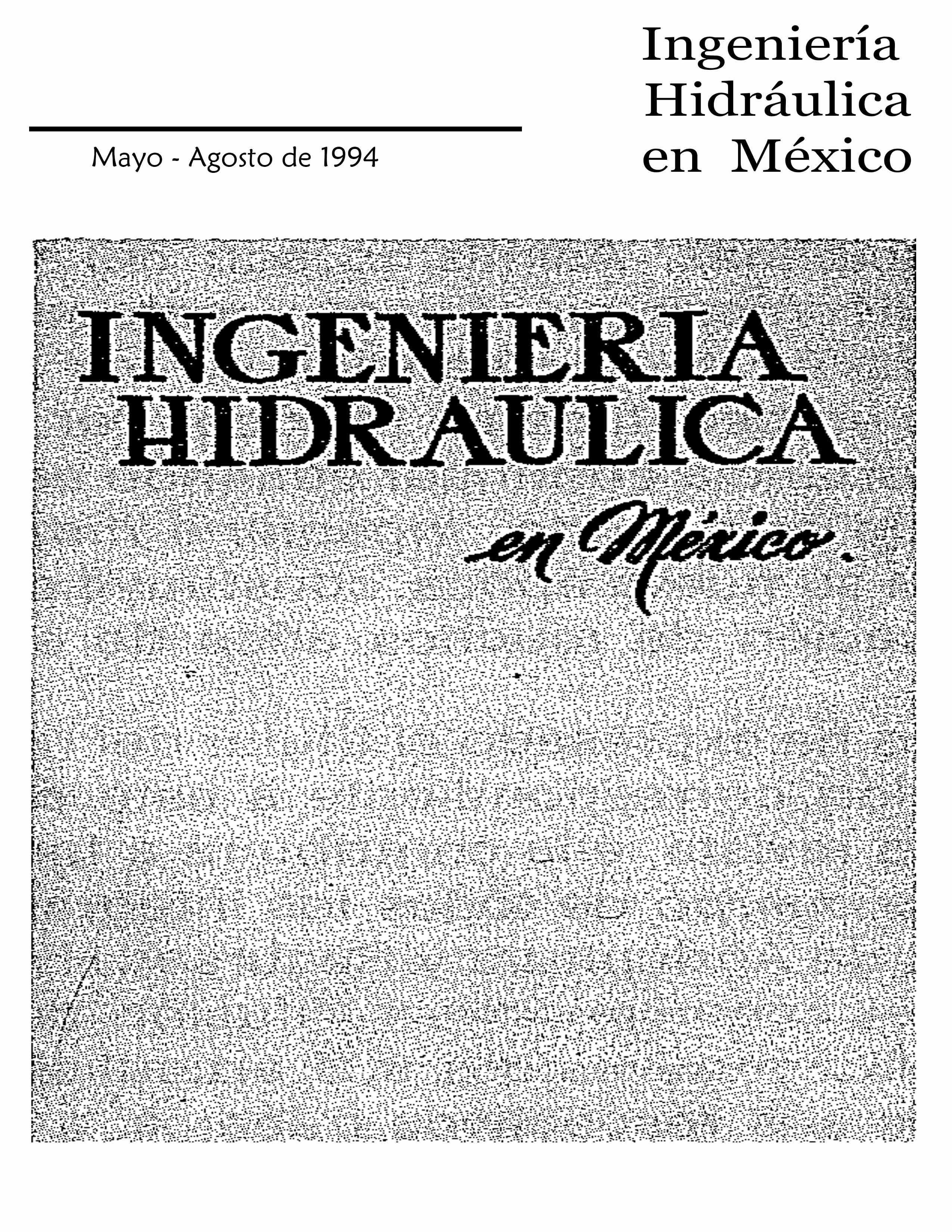River Water Quality Management for Developing Countries
Keywords:
water quality, contamination, monitoring, rivers, developing countries, population increaseAbstract
Management of river water quality in developing countries is becoming a serious national concern for human welfare. The problem is already critical in nearly all major urban centers located on the banks of rivers, which are for the most part grossly polluted with various organic, chemical and metallic contaminants. The primary cause of extensive river water quality deterioration is unquestionably the steady increase in population. According to the latest World Bank population estimates (Boset al. , 1992), the total population of developing countries increased from 4,827million in 1985 to 5,268 million in 1990. The same projections indicate that their total population is Iikely to increase to 6,168 million in the year 2000, 8345 million in 2025 and 10,055 in 2050. The total numbers will increase even more if some of the independent republics of the former USSR are included, which were considered to be "developed" by the World Bank report but many of which now have lifestyles that are no better than several developing countries. lncreasing population means rapidly escalating human activities, which could have both adverse and beneficial impacts on river water quality. Absence of proper sewage treatment facilities often means that rivers become the sink where such liquid wastes are discharged. Rapid industrialization without adequate environmental safeguards contributes to river water contamination with industrial chemicals, trace metals and organic compounds. In order to increase agricultural production to achieve higher levels of food self-sufficiency, more and more fertilizers and chemicals are being used on the land, some of which leach into the river water. lntroduction of irrigation means that drainage systems have to be provided. Unless such drains discharge to the sea directly, drainage water with high salt content and other contaminants are discharged to the river. As energy demands of the urban centers increase exponentially, there is a greater demand for thermal and cooling water. Such plants are invariably located near major sources of water, and these contribute to thermal pollution. All the above factors as well as other reasons have contributed to serious river water pollution in nearly all developing countries. As the populations and human activities continue to increase, all the indications are that the problems will become even more serious in the future.
Downloads
Published
How to Cite
Issue
Section
License
By Instituto Mexicano de Tecnología del Agua is distributed under a Creative Commons Attribution-NonCommercial-ShareAlike 4.0 International License. Based on a work at https://www.revistatyca.org.mx/. Permissions beyond what is covered by this license can be found in Editorial Policy.









